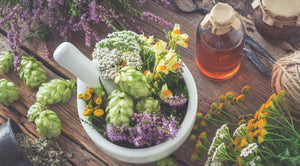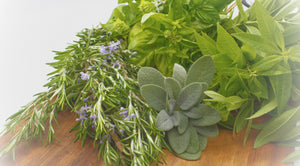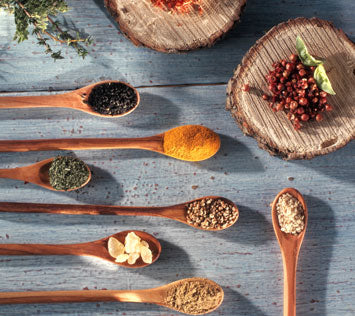When - Daffodils are planted in the fall, between mid-September and mid-November, depending upon your zone. Basically, you can plant until the ground freezes!
Where - Choose a site that gets all day sunshine, or a minimum of six hours of direct sunlight. If you have too much shade, you won't get peak performance. Well-drained soil is a must.
How - Plant bulbs 4-6" apart. Dig the hole 3 to 4 times deeper than the bulb is tall (6 to 8 inches deep). Make sure to loosen the soil at the bottom of the hole to encourage rooting. Set the bulb firmly in the bottom of the hole, pointy side up. Give the bulb a gentle twist and make sure it sits securely upright. Return soil to the hole and water generously to settle any air pockets.
Extras - Daffodils look great when planted irregularly, with random spacing. Overcrowding will reduce the bulbs naturalizing ability to reproduce more bulbs and more flower each year. After they finish flowering, do not cut back the foliage until after it has browned naturally. The foliage must produce enough food to replace the strength lost in flowering.






